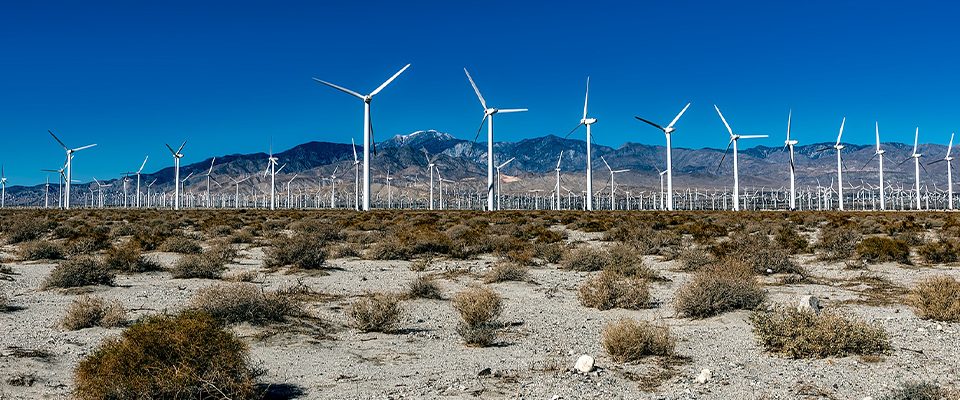Plug-in hybrid electric vehicles (PHEVs) are more than just a tricked-out version of your conventional hybrid. “We have the opportunity to completely run our entire society renewably with plug-in hybrids,” says Andrew Frank, a professor of mechanical and aeronautical engineering at UC Davis and the guru of the PHEV economy. The key is syncing PHEVs with renewable energy sources—particularly wind and solar—to configure an entirely new energy structure. But as Frank says, “the sun doesn’t always shine and the wind doesn’t always blow,” so using these renewables effectively means having an energy-storage mechanism. That’s where PHEVs come in.
At night when energy demand is low and electricity is cheap and plentiful, energy from the grid (generated by wind and solar sources) charges your PHEV. During the day, a portion of the electricity that was stored in your PHEV overnight can be moved back into your home or office, or all the way back into the energy grid to help meet peak daytime demand. A PHEV economy benefits both the environment and the consumer. A PHEV’s lithium-ion battery—larger and more powerful than the conventional hybrid’s nickel metal hydride battery—allows you to go upwards of 100 miles per gallon, at current prices. And by selling energy back to help meet peak daytime demand, car owners could potentially pocket $2,000–3,000 a year from utility companies. Install solar panels on your home and you’d be energy independent.
PG&E recently converted a Toyota Prius into a PHEV. Its lithium-ion battery stores 9 kilowatts of electricity. The average home uses about 2.5 kilowatts per hour, so the PHEV Prius is capable of powering a home for several hours.




















